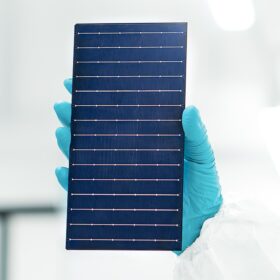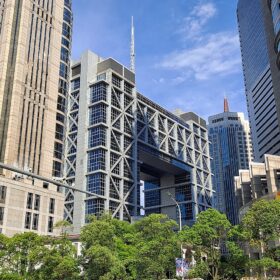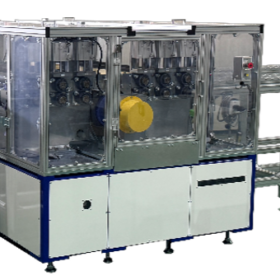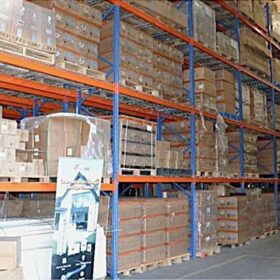Outdoor testing identifies factors contributing to perovskite solar cell degradation
Tests conducted by a research team in outdoor environments in Spain and Poland have demonstrated a strong correlation between perovskite solar cell degradation and the combined effects of climatic and operating conditions. The scientists found that open-circuit operation accelerates degradation, whereas operation at the maximum power point and under short-circuit conditions has a lower impact.
$25.3 million finance to advance SunDrive copper solar cell technology
The Australian Renewable Energy Agency has committed $25.3 million to SunDrive to support its copper metallisation technology from development at its South Sydney facility to a 300 MW commercial-scale production tool.
Chinese PV Industry Brief: Major solar manufacturers report steep Q3 losses
Longi Green Energy, JinkoSolar, and JA Solar each posted significant third-quarter losses amid continued price declines and high inventory levels, raising concerns among analysts about oversupply and margin pressure across the PV supply chain.
Japanese companies partner to establish solar glass recycling scheme
Two Japanese companies have announced a partnership to advance the recycling of solar panel cover glass for application in architectural flat glass production.
Solar cell inspection tool evolution set to slash manufacturing costs by billions
Researchers at the University of New South Wales in Sydney are working with the institution’s spinout company BT Imaging to accelerate the commercialisation of solar cell defect detection technology, thanks to a $1.4 million commercialisation project.
Energy solutions manufacturer Felicitysolar opens Sydney warehouse
Chinese off-grid and hybrid solar energy storage solutions manufacturer Felicitysolar has established an office and warehouse in Sydney, New South Wales, stocked with its comprehensive range of residential and commercial products.
Nextracker’s Earth Truss tackles tough terrain to unlock land for solar projects
United States-headquartered solar technology platform provider Nextracker has launched the NX Earth Truss foundation solution, that tackles tough terrain to unlock land for solar projects.
AIKO signs 1 GW supply agreement with Australian distributors
Chinese solar manufacturer AIKO has signed a 1 GW supply agreement with Australian distributors and introduced its third generation all back contact Infinite series at All Energy 2025 in Melbourne.
Nissan presents mini electric vehicle with expandable solar roof
The Japanese car maker announced it will show a prototype extendable solar PV rooftop onboard a Nissan Sakura Kei at an upcoming mobility industry event in Japan.
Accelerating innovation through collaboration: a sustainable future for Australia’s resources sector
Director of CSIRO Mineral Resources Dr Louise Fisher reveals how collaboration across research, industry and government is driving decarbonisation, digital transformation and the development of sustainable, globally competitive supply chains for critical minerals.










